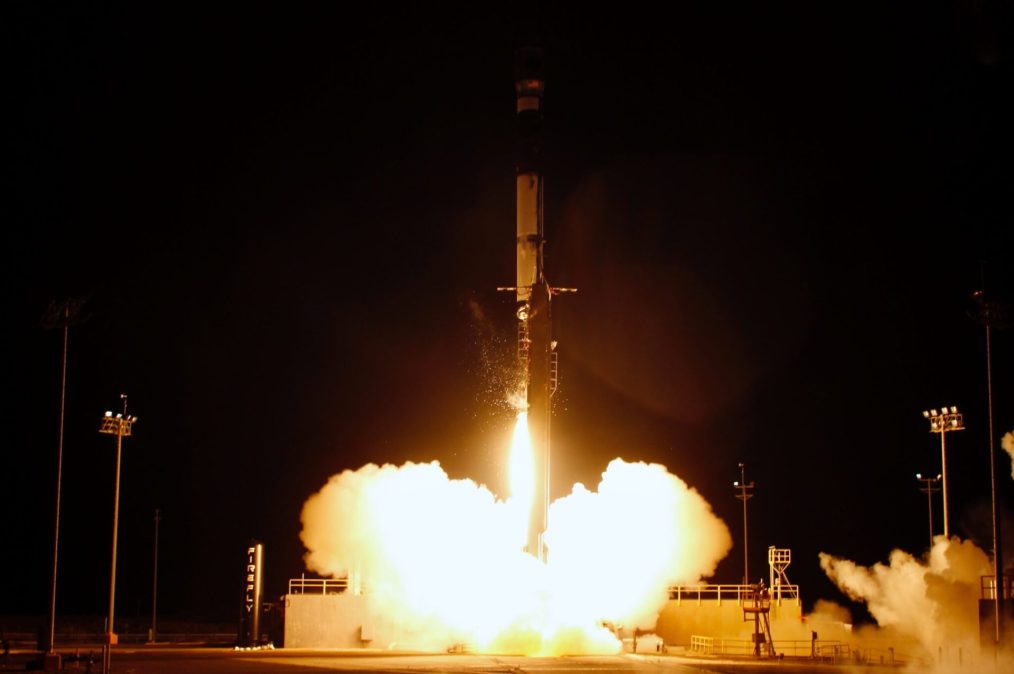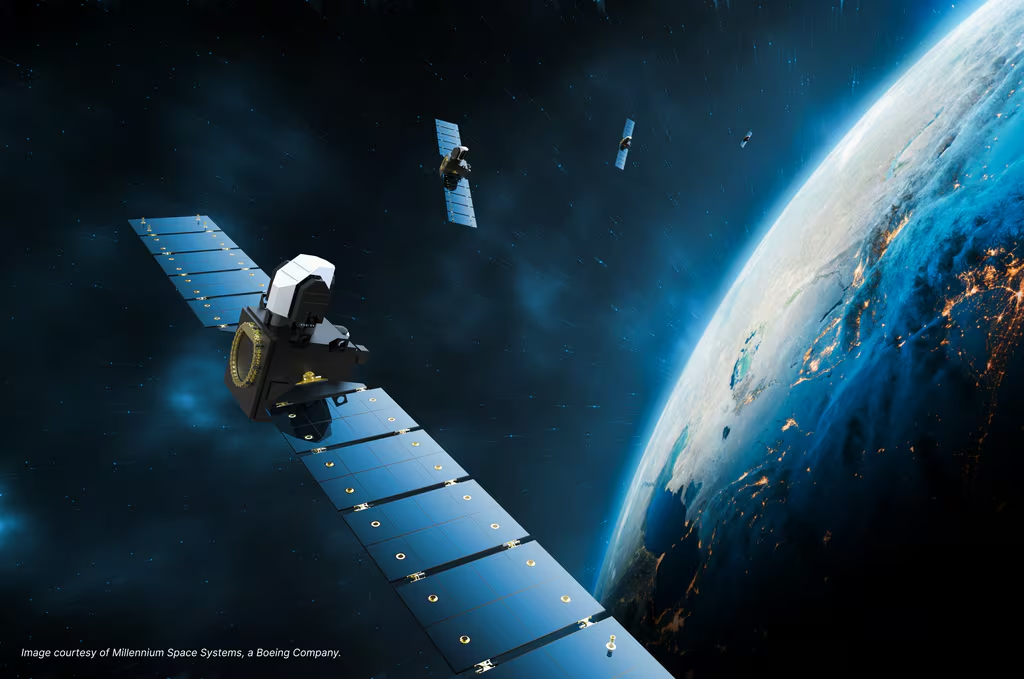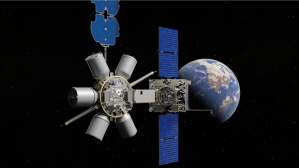Space Force selects Firefly Aerospace for next tactically responsive space mission

Firefly Aerospace received a launch service contract for the Space Force’s upcoming Victus Sol mission, the latest in a series of demonstrations aimed at fast-tracking new on-orbit capabilities for warfighters, according to the service’s acquisition arm.
Under the $21.8 million deal announced Thursday evening by Space Systems Command’s Space Safari program office, the company will position a launch vehicle and space vehicle on standby so that it can be ready for action at a moment’s notice. At an unknown point afterwards, the Space Force will order the firm to prepare the vehicles so they can be hoisted into orbit as quickly as possible.
“The Victus Sol launch will provide the operational capability to have a launch vehicle and space vehicle on standby while we continue to launch other commercial and government missions until we’re called up by the Space Force,” Firefly Aerospace CEO Jason Kim said in a statement. “We’re further improving our readiness to provide a rapid response capability.”
The Victus Sol mission builds upon the Space Force’s previous demonstrations as part of the service’s tactically responsive space (TacRS) program. The effort broadly aims to optimize the organization’s ability to rapidly react and respond to new threats in space in a number of ways — such as by drastically reducing the time it takes to put new payloads into orbit or prepositioning space assets that address changes in the domain.
Firefly was the launch provider for the Space Force’s record-breaking Victus Nox mission in 2023. After the service gave the go-ahead, it took the company just 27 hours to mate a space domain awareness satellite to its launch vehicle, conduct final preparations and hoist the payload into orbit.
The demonstration dramatically outpaced the Space Force’s previous record of 21 days for a responsive space launch — a critical step forward in the service’s goal to be able to put national security satellites into space with just 24-hours notice by 2026.
Meanwhile, Firefly has also been tapped by True Anomaly to launch an autonomous orbital vehicle for the Space Force’s upcoming Victus Haze mission, which is targeted for 2025. The service contracted True Anomaly in 2024 to develop and test its Jackal AOV for the demo, after which it will be transported to Firefly’s payload processing facility where the company will wait for launch orders.
Along with decreasing launch time, the service also wants to use its Victus demonstration series to test the ability for maneuverable satellites to address emerging threats in the space domain. In the coming years, the Space Force plans to conduct two missions — dubbed Victus Surgo and Victus Salo — that will experiment with prepositioned orbital maneuver vehicles able to move satellites between orbits. SSC awarded a contract to Impulse Space in 2024 to build two OMVs for the demo.






